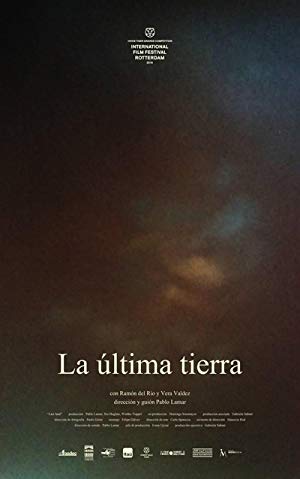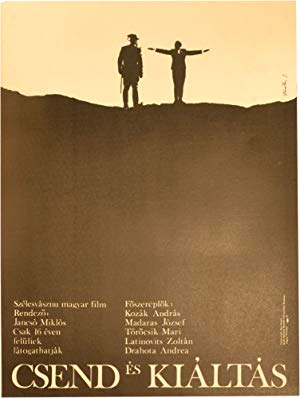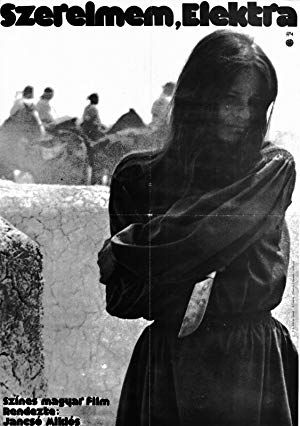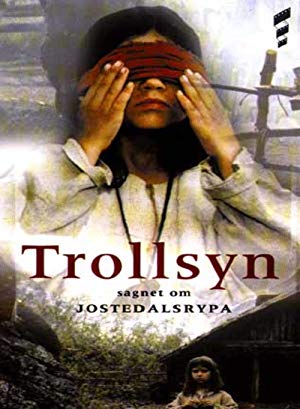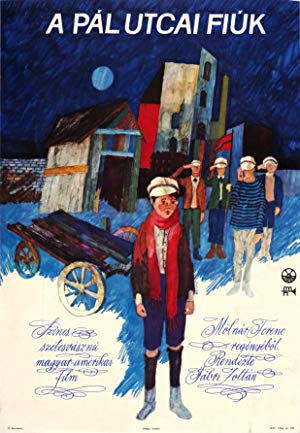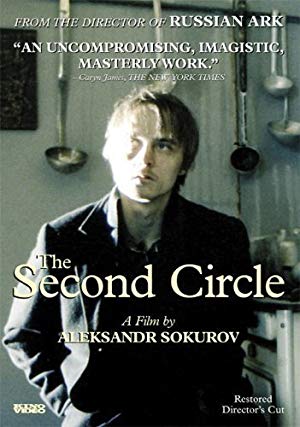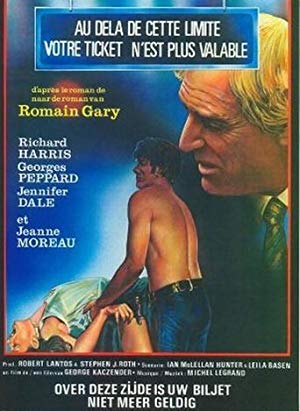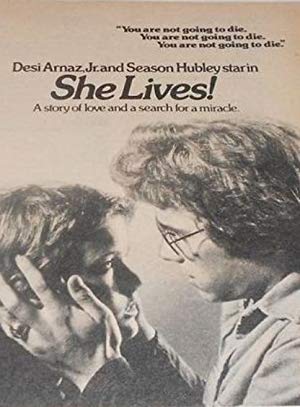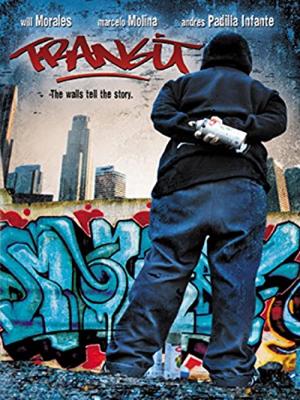The Grave Digger
– Ever since I started making films it has bothered me in a certain sense that film images are far too..
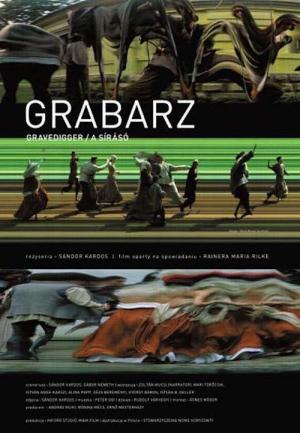
Ever since I started making films it has bothered me in a certain sense that film images are far too concrete, because technically they try to imitate the sense of space characteristic of everyday life. So the story ignites the imagination only to be slowed down by the images and stops the viewer from taking a flight of fantasy. I have always been searching for an intrinsically different tool in filmmaking. One that could record space in its temporal progression. I would never have thought it existed!
Hungarian
A stranger comes to town in this adaptation Rainer Maria Rilke short story, and gets a job as a gravedigger - and the adoration of the local bigwig's daughter. She spends entire days with him in the cemetery garden, talking about death and dying. A plague befalls the town, sparing only a few, leaving them the task of pushing coffin-laden wagons to the cemetery. The film uses the same camera that records horse racing photo finishes; it does not provide the feeling of space like an ordinary film or photographic camera. Gravedigger lacks the illusion of movement typical of most films. Photographed images track from left to right across the screen. Deformed and fuzzy, as if shot by a trembling hand, the images look like blurred film frames, moving too slowly to create the impression of movement, sometimes forming surreal or abstract compositions. The director takes the audience to pre-Lumière cinema to experience motion picture construction (panoramas) and narration.
